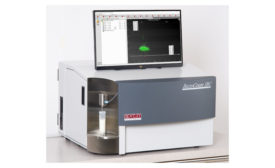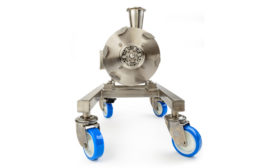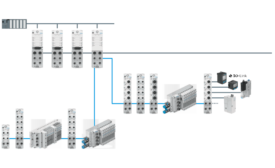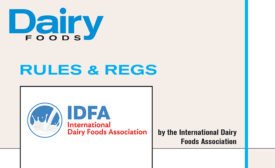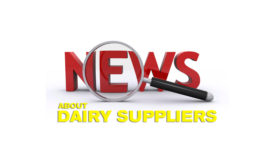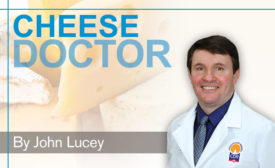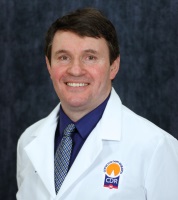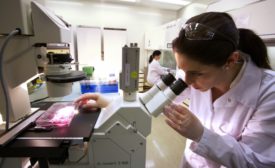Home » Keywords: » dairy food safety
Items Tagged with 'dairy food safety'
ARTICLES
Ramp up food safety efforts
A challenge for the dairy industry is more tightly controlling and understanding food safety across the entire supply chain
October 18, 2018
Manage food safety data
Use data analytics to drive decision-making and continuous improvement.
September 17, 2018
Supplier news
3-A Sanitary Standards Inc. receives U.S. character mark registration
The word mark shows that the food handling equipment meets standards of design established by 3-A Sanitary Standards Inc.
September 10, 2018
Dairy supplier news
ProAmpac site receives SQF certification
The company’s Auburn, Wash., facility was awarded Level 2 certification by the Safe Quality Food Institute.
August 27, 2018
A collaborative effort to help small dairy manufacturers meet safety guidelines
A recently launched Wisconsin food safety program is designed to help small artisan dairy manufacturers meet FSMA guidelines
August 10, 2018
Supplier news
USDA Food Safety and Inspection Service chooses 3M for pathogen testing
The contract makes the 3M Molecular Detection System the primary method used by USDA FSIS for the detection of Salmonella, Listeria monocytogenes and E. coli.
July 10, 2018
The importance of environmental swabbing
A robust environmental swabbing program will greatly help dairy processors in ensuring the prime directive: public health.
June 12, 2018
Stay ahead of the curve. Unlock a dose of cutting-edge insights.
Receive our premium content directly to your inbox.
SIGN-UP TODAYCopyright ©2025. All Rights Reserved BNP Media.
Design, CMS, Hosting & Web Development :: ePublishing
